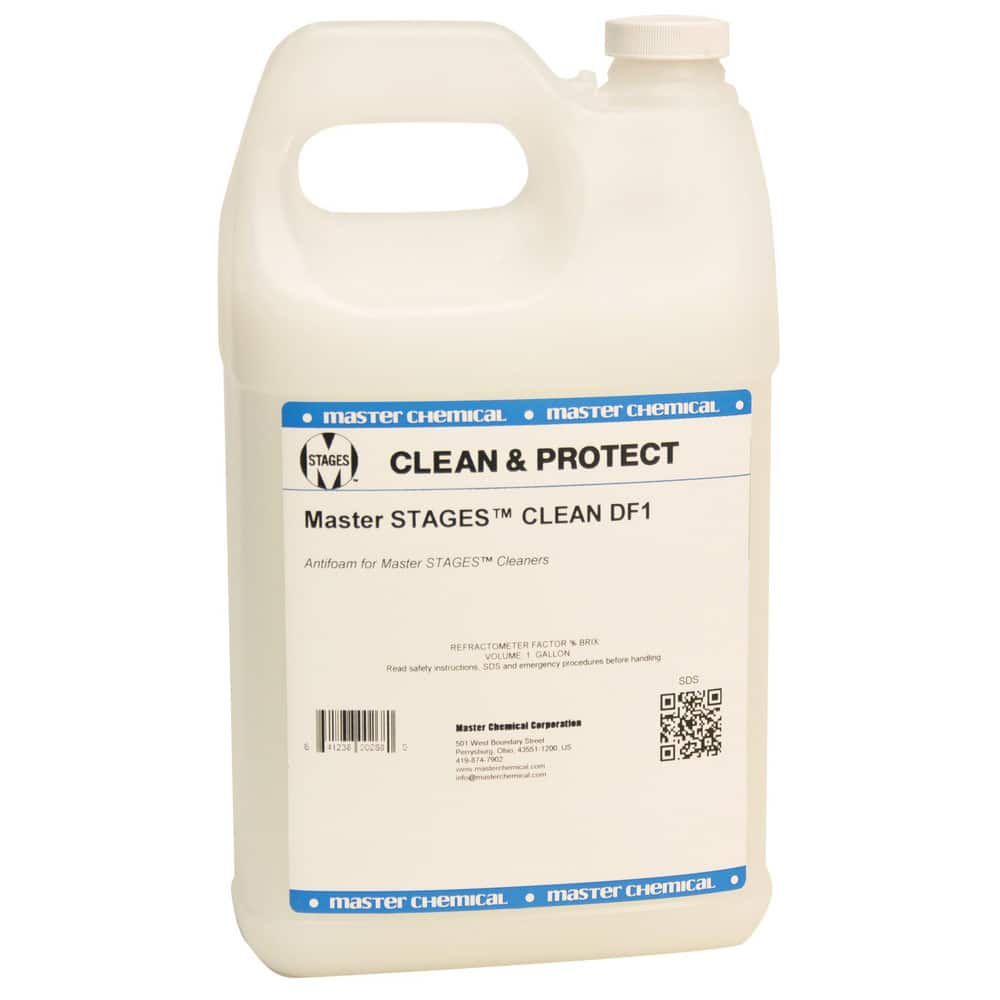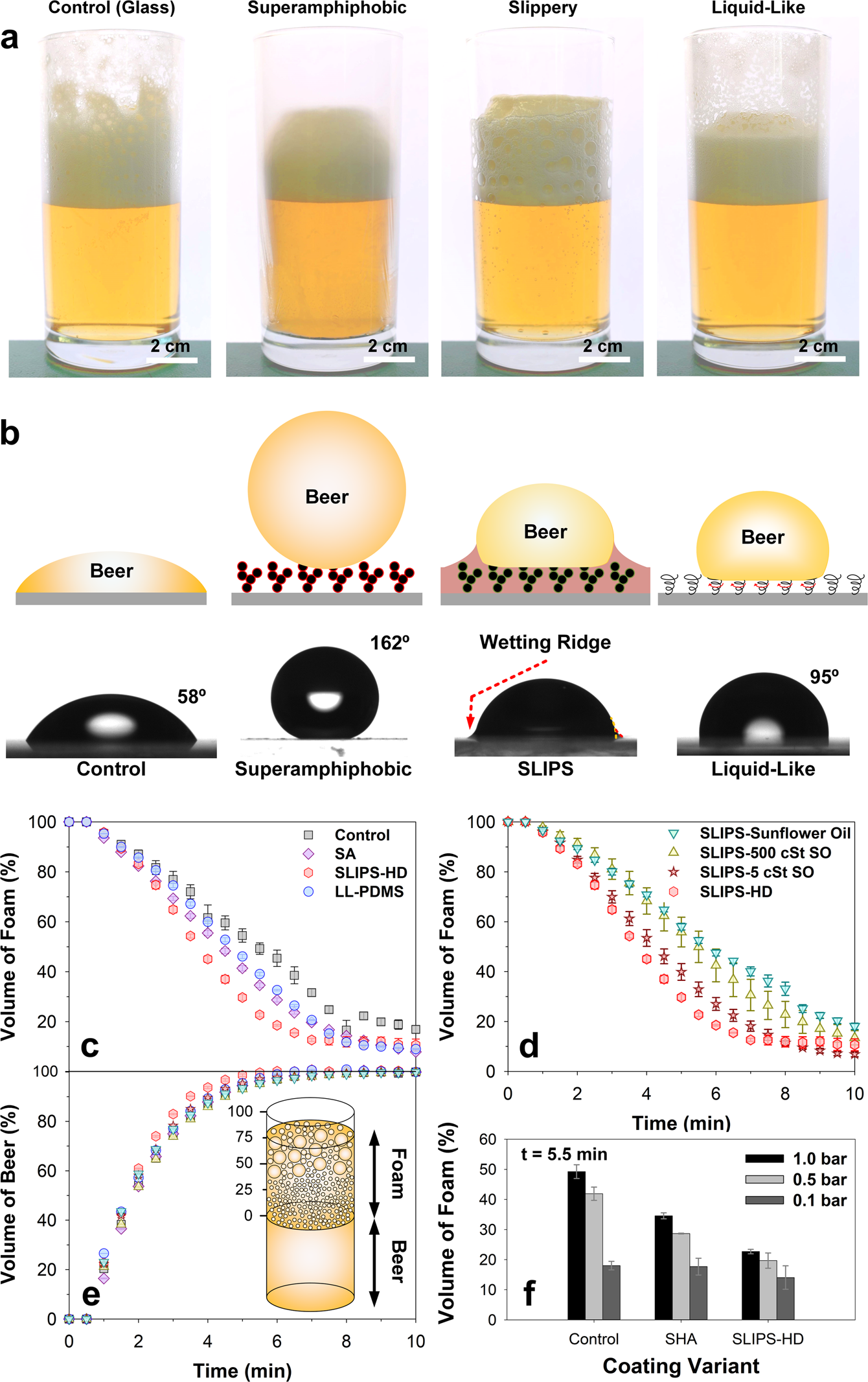How Anti-Foam Control Solutions Enhance Item Quality and Performance
The function of anti-foam control remedies in commercial procedures can not be overstated, as they are pivotal in boosting both product top quality and operational efficiency. By effectively mitigating foam formation, these options not only make sure consistent product structure throughout different sectors however also reduce the danger of contamination, which is crucial for maintaining high pureness standards. Moreover, their impact on simplifying procedures and lowering downtime raises crucial questions about the selection and application of these agents. When picking the best anti-foam option for your distinct operational demands?, what specific elements should be thought about.
Understanding Foam Formation
Foam formation is a common sensation run into in various commercial procedures, often arising from the interaction of fluids with solids or gases. This sensation takes place as a result of the stablizing of gas bubbles within a liquid matrix, leading to the development of a foamy layer on the surface area. The existence of surfactants, which lower the surface stress of liquids, can worsen foam formation by helping with bubble formation and stablizing.
Several elements affect foam advancement, including the nature of the fluid, the visibility of contaminations, temperature level, and frustration levels. High shear forces throughout mixing can introduce extra air right into the liquid, promoting bubble development. In addition, hydrophobic and hydrophilic substances can engage with liquid surfaces, influencing bubble security.
Comprehending the systems of foam formation is vital for sectors such as food handling, drugs, and petrochemicals, where foam can impede production performance and alter item high quality. Recognizing the particular conditions that bring about foam generation permits far better layout and control of processes, inevitably leading to improved operational end results. Identifying these basic aspects of foam formation sets the phase for exploring efficient remedies to minimize its adverse impacts in commercial applications.

Significance of Anti-Foam Solutions
While foam formation can enhance certain processes, its unexpected visibility often leads to significant functional challenges across various markets. In production, for instance, excessive foam can impede the accurate dimension of liquids, leading to variances in item formulation.

The relevance of anti-foam options expands past functional efficiency; they also play an essential function in preserving security standards. In markets such as food and beverage handling, where health is critical, regulating foam can prevent contamination risks associated with overflow and spillage.
Benefits to Product Top Quality
Reliable anti-foam options dramatically boost item high quality across various industries by making certain constant solution and stopping the intro of pollutants. The visibility of foam throughout manufacturing procedures can bring about irregularity in product features, which ultimately influences completion individual's experience. By alleviating foam development, these remedies help with uniform blending and dispersion of ingredients, resulting in an item that meets stringent top quality standards.
Additionally, anti-foam representatives help maintain optimum viscosity and texture, which are vital for products such as coatings, food, and drugs. Anti-Foam Control Solutions. A stable formula is not just visually attractive but additionally functionally premium, making certain that products carry out as meant. Furthermore, the decrease of foam reduces the risk of contamination, as entraped air can introduce undesirable bacteria or foreign particles that compromise product integrity
In applications like fermentation or chemical reactions, reliable anti-foam services sustain optimum yield and item consistency, which are necessary for maintaining brand online reputation and customer complete satisfaction. By focusing on item high quality, suppliers can foster depend on and loyalty among customers, inevitably contributing to long-lasting success in the marketplace.
Enhancing Operational Effectiveness
A substantial decrease in foam can cause boosted operational efficiency in making procedures across different sectors. When foam is decreased, it enables for smoother procedures, therefore reducing visit their website downtime related to foam-related problems. Extreme foam can trigger overflow, disrupt devices capability, and demand frequent maintenance interventions, every one of which contribute to ineffectiveness and raised operational costs.
By applying efficient anti-foam control remedies, manufacturers can simplify their procedures, causing improved throughput and productivity. The decrease of foam facilitates much better blending and reaction times in chemical processes, which is essential in industries such as food production, pharmaceuticals, and wastewater therapy. With a much more secure procedure atmosphere, suppliers can achieve extra regular visit this site right here product result, thereby boosting general operational integrity.
Furthermore, boosted functional performance can cause savings in basic materials and power usage. When foam is controlled successfully, sources are made use of better, bring about a reduction in waste and operational expenses. Companies are much better placed to fulfill manufacturing targets and respond to market demands swiftly, inevitably adding to a more powerful affordable benefit in the marketplace.
Selecting the Right Anti-Foam Agent
Selecting the appropriate anti-foam agent is vital for sustaining the functional performance obtained with efficient foam control. The option of agent can substantially impact both the performance of the process and the top quality of the last product. Elements such as the nature of the foam, find the processing environment, and the particular application should be considered to guarantee optimal results.
Anti-foam agents can be classified into two primary kinds: non-silicone-based and silicone-based. Silicone representatives are understood for their premium efficiency in high-temperature and high-shear applications, while non-silicone agents might be chosen in industries like food and beverage due to regulatory factors to consider. It is vital to evaluate the compatibility of the anti-foam representative with the materials and procedures entailed.
Furthermore, the focus of the anti-foam agent plays a crucial function; excessive use can cause negative influence on item quality, while not enough amounts might fail to regulate foam sufficiently. Performing complete testing and pilot trials can aid determine one of the most suitable anti-foam representative for a specific application, eventually boosting both product top quality and functional efficiency.
Final Thought
To conclude, anti-foam control solutions play an important role in enhancing item top quality and operational performance across various industries. Anti-Foam Control Solutions. By minimizing foam development, these remedies guarantee constant blending and item texture while alleviating contamination threats. The resultant smoother processes contribute to minimized downtime and increased throughput, thus enhancing source application and boosting overall manufacturing targets. The selection of suitable anti-foam representatives even more enhances these benefits, strengthening their relevance in commercial applications.
By properly mitigating foam development, these services not only make sure regular item appearance throughout different markets however additionally minimize the threat of contamination, which is crucial for maintaining high pureness criteria.Understanding the devices of foam development is vital for markets such as food processing, drugs, and petrochemicals, where foam can hinder production performance and modify item high quality. The presence of foam throughout production processes can lead to irregularity in item characteristics, which ultimately impacts the end customer's experience. By minimizing foam formation, these solutions promote uniform blending and diffusion of ingredients, resulting in an item that fulfills rigid quality criteria.
Choosing the suitable anti-foam representative is crucial for sustaining the functional efficiency obtained with effective foam control.
Comments on “Anti-Foam Control Solutions-- High-Performance Anti-Foam Products for Multiple Industries”